Mapping is a crucial process for planning any production system. In the case of an agroforestry system, in addition to the geophysical mapping of the property, it is essential to understand the socioeconomic context, that is, the people behind that system and the market that the products can reach.
Speaking specifically of people, understanding the context of that farmer, family, community and workers is crucial for planning a successful agroforestry system. This is because this mapping is when we understand which crops are desired, which operations are known, who will work in agroforestry, etc. The success of an agroforestry system is directly related to traditional knowledge.
Traditional knowledge is all that is part of the culture of a place, is part of routinely used practices, is passed on from generation to generation, concerns a use or custom, is adopted by a family or a community. Having this knowledge in hand is the key to creating adherent productive systems, especially when we talk about biodiverse systems. This is because understanding these factors directs the choice of species, their management and their products. For example, if women in an indigenous village traditionally make handicrafts with banana or palm leaves and this is one of the sources of income, it makes sense to include these species in greater numbers; In the same way, if a tree is used as medicinal by the same Village, but requires a lot of pruning and maintenance, labor that the Village does not have, it makes sense to adapt the presence of this tree in the system in a more sparse way, ensuring its presence but restricting the time and effort for its management. In another example, if a farmer grows coffee, but there is a market in his area for native fruit jellies, it is likely that some species available in nurseries in the region will be suggested to compose his system. Of course, knowing the farmer's own context also helps a lot in the decision process: is he willing to learn new practices? Do you have the time and resources to do so? Would you like to expand your market or bet on a developing value chain? All this counts too.
Traditional and local knowledge acquisition tools
To learn more about this farmer, this family, this community, the most important thing is to talk. Exchanging ideas, experiences, people's stories are amazing! In these conversations, we at PRETATERRA applied our knowledge in acquiring local knowledge from the structuring of some tools, such as semi-structured questionnaires, Rapid Rural Appraisals and pairwise. Valter Ziantoni, in his master's degree in Zambia, delved a lot into these tools, and with Paula, they developed a methodology unique to PRETATERRA, which we use in all our projects. The idea is not to submit a person to an “interview”, but to conduct a conversation aimed at acquiring information that will later be systematized and guide decision-making in agroforestry planning. And all done in a co-creative and transparent way. Likewise, if you want to plan an agroforestry project for your property, you can do this exercise with yourself, your family, etc. Putting everything on paper is the best way to start a plan that will have a successful execution!
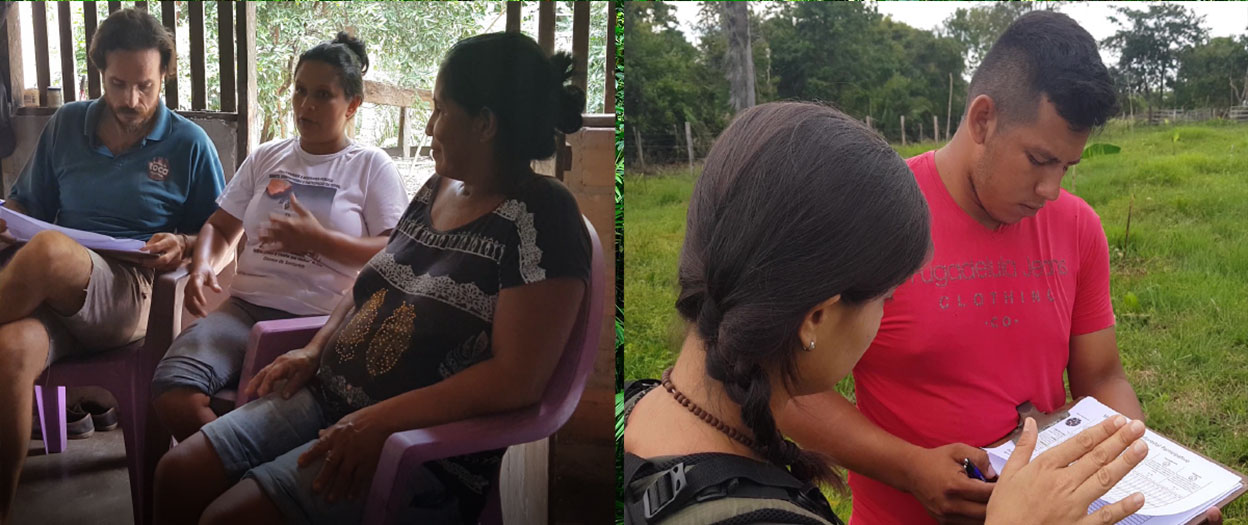
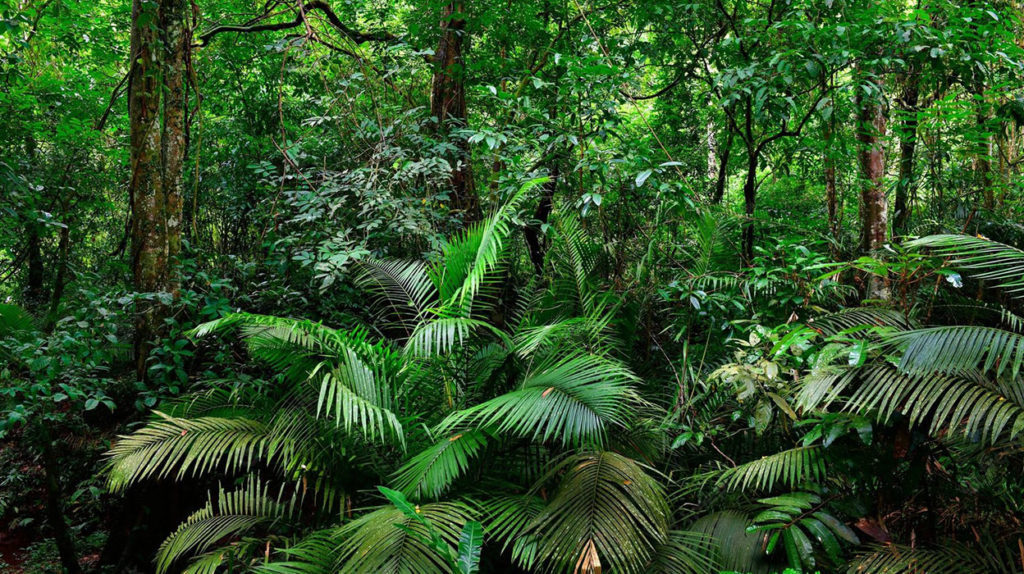
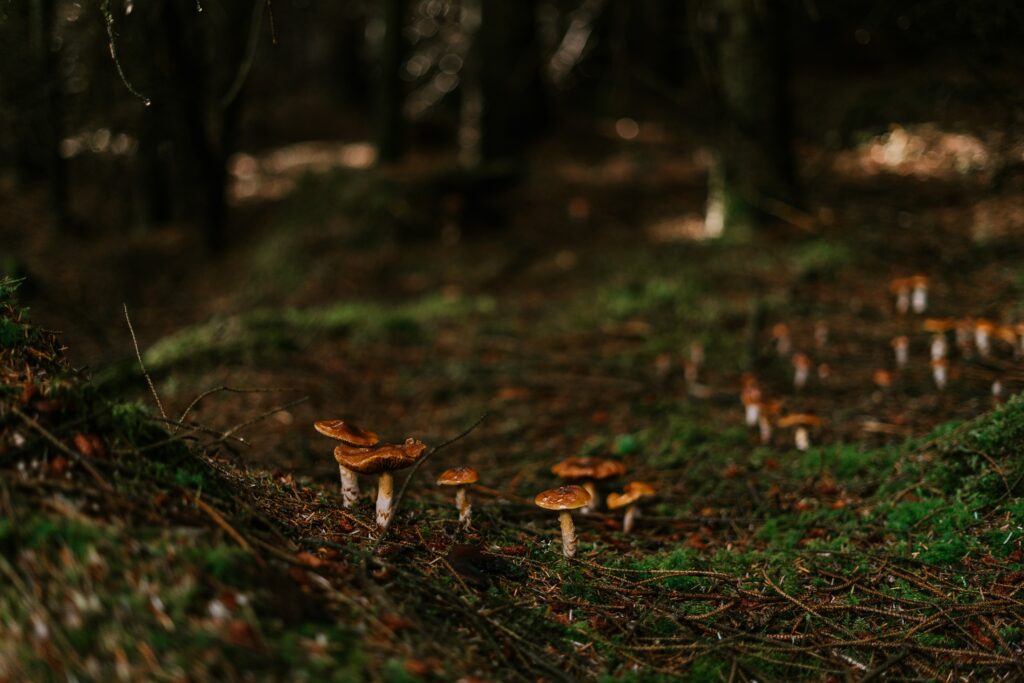
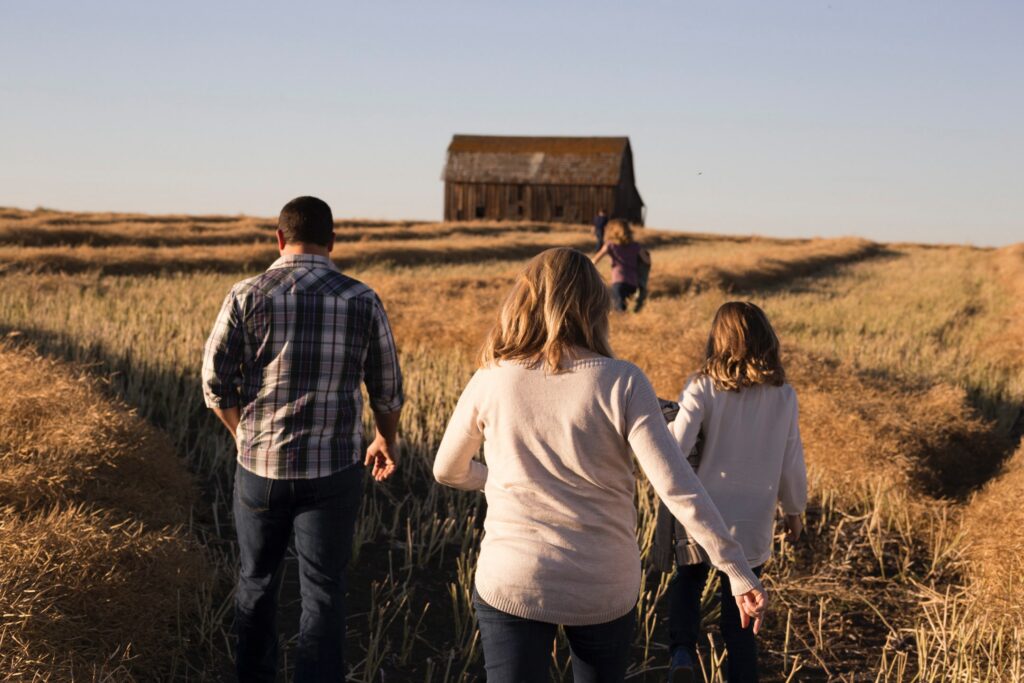
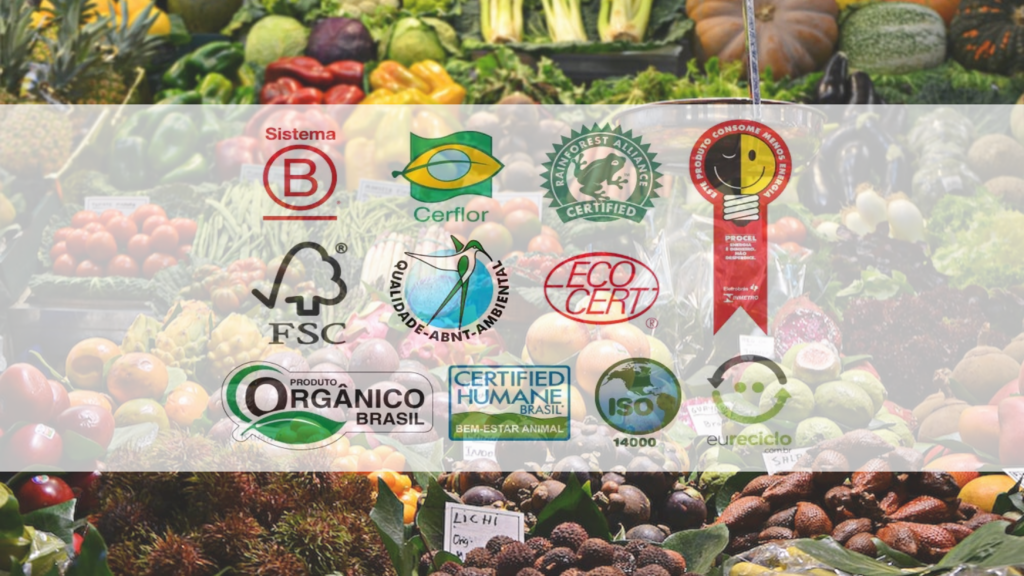
 agroforestry taken seriously
agroforestry taken seriously 